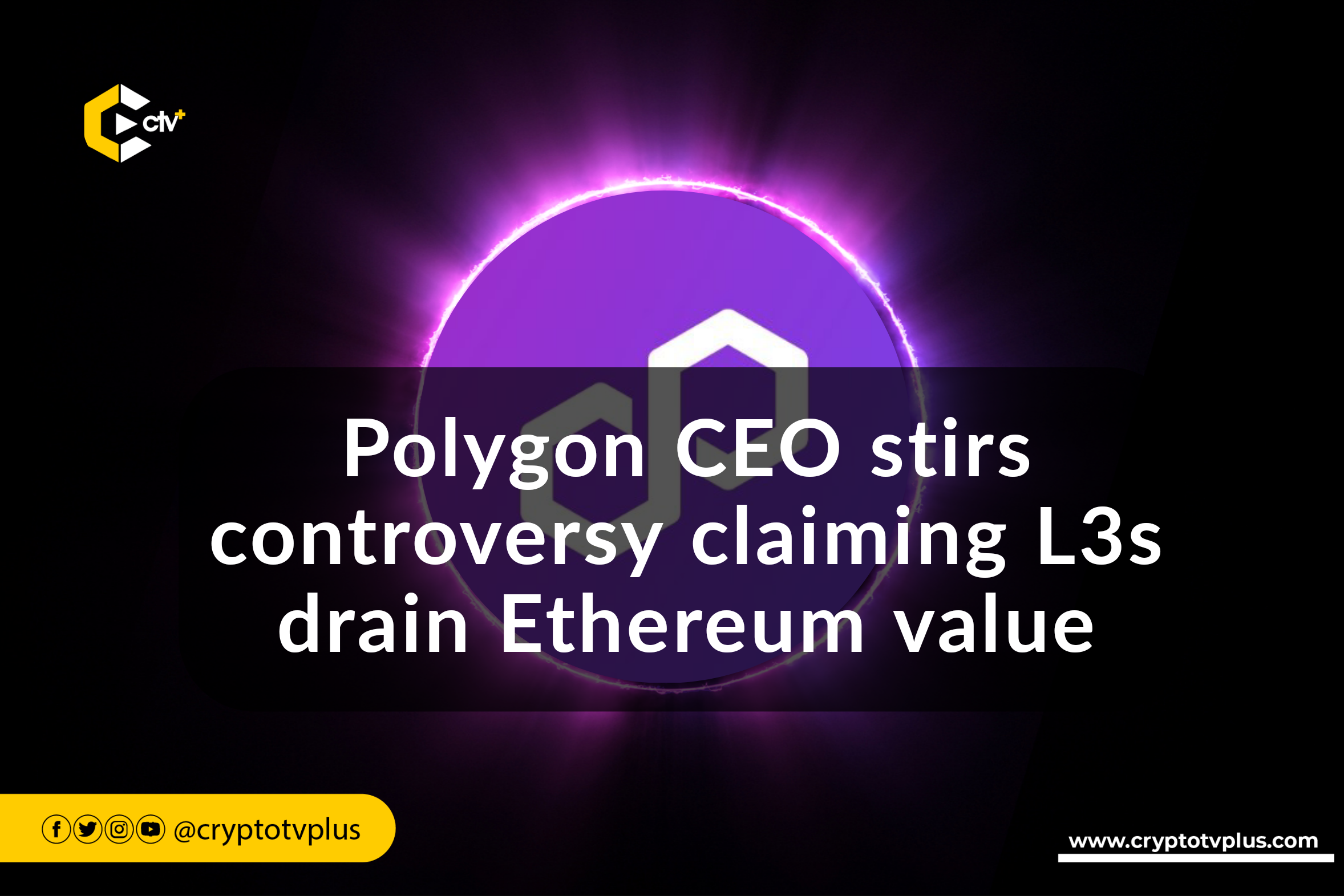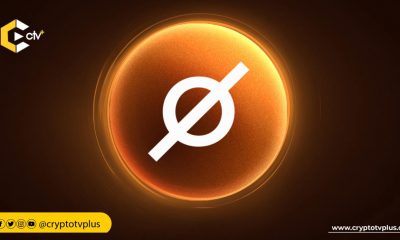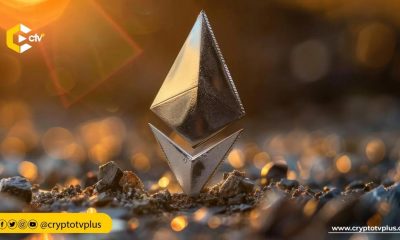News
Polygon CEO stirs controversy claiming L3s drain Ethereum value

Marc Boiron, the CEO of Polygon, stirred controversy in the crypto community this weekend by asserting that layer-3 networks are not only unnecessary for scaling Ethereum but also divert value away from the Ethereum mainnet.
On April 1, Marc Boiron, CEO of Polygon Labs, a layer-2 scaling solution for Ethereum, made a bold statement: Polygon Labs did not work on layer 3s because layer 3s were not needed to scale existing networks like Ethereum.
“L3s exist only to take value away from Ethereum and onto the L2s on which the L3s are built,” he said.
Boiron’s views, while provocative, sparked a lively discussion among his followers. One respondent disagreed with Boiron, stating that layer-2s on Ethereum “were value on Ethereum.” Boiron acknowledged the validity of this point but also emphasized a distinction.
“I disagree that L2 value is Ethereum value. Just take this to the extreme. If all L3s settled to one L2, then Ethereum would capture no value, and, thus, Ethereum security would be at risk.”
“Also, we don’t care what people do. They can build L3s on anything, including Polygon networks,” he continued before adding. “We just aren’t trying to suck all value onto Polygon networks instead of sharing with Ethereum its fair share.”
Boiron emphasized that Polygon’s primary goal had been to enhance Ethereum’s scalability at a time when no other entity had been pursuing it. He highlighted their strategy of leveraging the parallelization of the EVM and incorporating privacy measures. Boiron contended that “L3s were not aligned with that objective.”
Layer-3 protocols occupy a niche space in the blockchain ecosystem. They had been designed to be built on top of existing layer-2 solutions to address specific needs such as scaling, performance optimization, interoperability, customization, and cost reduction for various decentralized applications (DApps).
In case you missed it: Polygon wants to unify multiple blockhains in a single network using the AggLayer.
Orbs, Xai, zkSync Hyperchains, and the newly introduced Degen Chain on Arbitrum Orbit had been among the prominent entities in the L3 ecosystem. Additionally, solutions from L2 networks have contributed significantly to this landscape.
While there had certainly been a buzz around layer 3 solutions, the sector had remained relatively small, with only four tokens associated with layer 3 protocols listed on CoinGecko.
Offchain Labs, a leading company in the layer-2 space, had a different stance on the role of layer-3 solutions. Peter Haymond, Offchain Labs’ senior partnership manager, believed that these protocols could offer significant benefits that did not detract from Ethereum’s overall value.
Among the reasons cited were the reduced expenses associated with native bridging from L2 compared to L1, the economical nature of on-chain proving, the utilization of custom gas tokens, and the implementation of specialized state transition functions.
Patrick McCorry, a researcher at the Arbitrum Foundation, had expressed surprise at Boiron’s argument against layer 3s. McCorry, who had been taken aback by Boiron’s stance, had shared his perspective on the matter, stating:
“L3s seem like a no-brainer, especially when it allows the L2 to eventually become a settlement layer (ie executing the bridge is cheaper) and ultimately relying on Ethereum as global ordering service + final judge of settlement.”
On March 31st, Mert Mumtaz, CEO of Helus Labs, voiced support for Boiron’s viewpoint in a separate social media post. Mumtaz had written, “L3s were centralized servers settling on other centralized servers (L2s) — controlled by multisigs.”
The layer 3 discussion had been sparked by Ethereum co-founder Vitalik Buterin in late 2022 when he posited that layer 3 solutions would serve a different role than pure scaling. Buterin had envisioned that L3s would provide “customized functionality,” introducing new capabilities and use cases beyond what layer 2s could offer.
Buterin had further elaborated on the potential role of layer 3s in a multi-layer blockchain ecosystem, arguing that a third layer only made sense if it offered a distinct function from layer 2s.

























Pingback: China launches Blockchain project for Belt and Road initiative | CryptoTvplus - The Leading Blockchain Media Firm